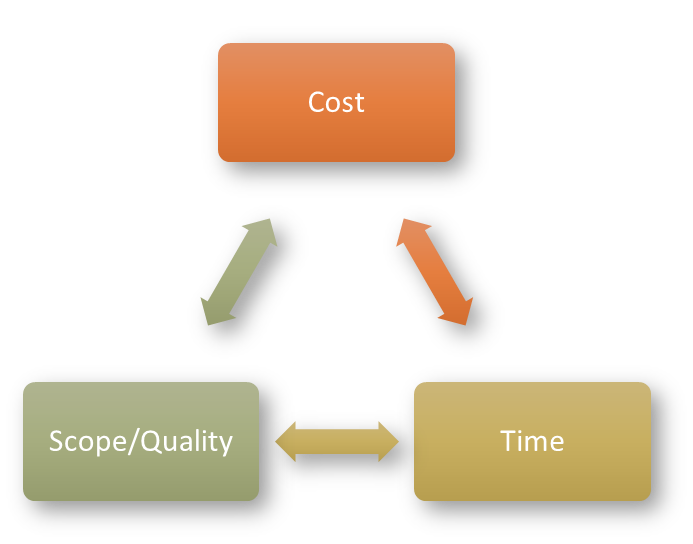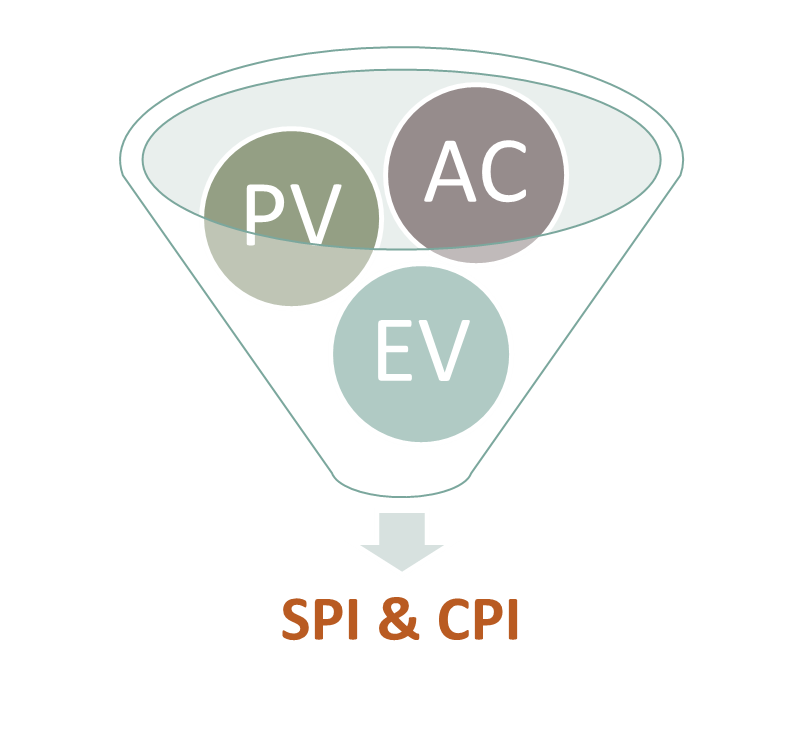A Viewpoint on Legal Project Management Best Practice
You have a well-constructed budget and routinely check actuals against it, but your case or transaction is rapidly approaching or already exceeds initial projections. Legal clients don’t like such surprises, especially cost overruns. Properly monitoring and controlling a legal project, often called a “matter”, requires adherence to the triple constraints of scope, budget and time. Managing to these assumptions can be tricky as the facts of the matter may change, in turn affecting the scope, budget, and/or timeline. If not communicated properly, this often results in uncomfortable conversations with clients requesting a budget increase or timeline extension.

Unlike other industries whose project management fundamentals are more mature and formal, perceptions as to the current state of a legal matter are too often determined by actual cost (AC)—i.e., how much money has been spent to date—against the matter budget (more formally referred to as budget at completion (BAC)). However, this type of informal “budget to actual” analysis can—and will—cause misleading performance measurement and an inability to properly control costs. For example, let’s assume that we are $20,000 into a $40,000 project. On a superficial level, things look good because we have not overspent. This analysis typically represents the full extent of legal matter cost assessment and status reporting. In fact, we have very little information regarding:
- How much work have we actually completed? (we already easily know what’s been spent)
- Have we got to where we want to be?
- When are we going to finish?
To answer these questions, we must turn to a more structured approach for monitoring progress against the constraints of the project/matter. This is needed so that preventative measures can be taken to avoid budget overages and ensure schedule adherence. Fortunately, such an approach has already adopted and in wide use in many other industries. Called Earned Value Management, or EVM, this form of financial analysis has become a significant branch of project and cost management. The importance of EVM can be exemplified by the fact that in 1991, Secretary of Defense Dick Cheney canceled the Navy A-12 Avenger II Program due to performance issues detected by EVM. For those who claim that “you cannot manage what you cannot measure,” a clear grasp of EVM principles and their institutionalized application to legal matters and projects is essential.
EVM BASICS
The project schedule shows how you are progressing on your timeline. The Billing or Accounting department tells you where you are in regard to budget. Ultimately, we want to determine how far along we are in completing the scope of work, referred to as earned value.
There are several guiding principles when performing EVM analysis. To properly monitor and control your project using EVM, you must first plan for two things:
Budget at Completion (BAC) is the total scope of work to be performed and its associated cost—i.e., the matter budget
Planned Value (PV) is the matter budget at the current point on the schedule. It answers the question “how much work should have been completed at a given point in time” (e.g., 1/12 of the budget in 1 mo.)
For example, a hypothetical real estate acquisition has work allocated as follows:
| Phase | Timeline | Hours | Percent of Work |
| Fact Gathering/Due Diligence | 1.5 weeks | 53 | 30% |
| Initial Document Preparation/Filing | 2.5 weeks | 70 | 40% |
| Negotiation/Revision/Responses | 1 week | 18 | 10% |
| Completion/Closing | 2 weeks | 35 | 20% |
| Total | 7 weeks | 176 | 100% |
Expected timeline is 7 weeks
4 weeks have elapsed so 70% of work should be completed (first two phases)
PV = $40,000 X 70% or $32,045
In monitoring ongoing project status, we must then determine:
- Percent Complete as of the reporting date
- Actual Costs as of the reporting date
Actual Cost (AC) is the cost to date.
- Billing department says $15,000 has been billed and $5,000 is in WIP
- AC = $15,000 + $5,000 = $20,000
Once these values are known, we can then determine earned value:
Earned Value (EV) is the value of the completed work—i.e., total project budget multiplied by the % of project completion.
- Budget for the matter is $40,000
- The attorney team has completed the first phase – Fact Gathering/Due Diligence
- 4 weeks have elapsed but only 30% of work has been completed
- EV = $40,000 X 30% or $12,000
EVM ANALYSIS
Using the metrics above, it becomes very simple to objectively answer such questions as:
Is the matter on schedule? In project management terms, this is called the Schedule Performance Index (SPI). The formula for SPI is EV / PV. If SPI > 1, the project is ahead of schedule. If SPI < 1, the project is behind schedule.
Using the above examples:

- EV = $12,000
- PV = $32,045
- SPI = $12,000/$32,045 or .37
- Since SPI < 1, project is behind schedule
Is the matter on budget? This is called the Cost Performance Index (CPI). The formula is EV / AC. If CPI > 1, the project is under budget. If CPI < 1, the project is over budget.
Using the above examples:
- EV = $12,000
- AC = $20,000
- CPI = 12,000/$20,000 or .6
- Since CPI < 1, project is over budget
What will it cost to complete the entire project? This is referenced as Estimate At Completion (EAC). The formula is Budget at Completion (BAC) / CPI.
- $40,000 / .6 = $66,666
A NEW, MORE THOROUGH APPROACH
Amazing as it may seem, EVM is not highly utilized in today’s law firms or law departments. Perhaps that is because EVM requires some additional effort in the planning stage of a case or transaction, and lawyers are loathe to engage in planning (focusing instead on execution). Yet, EVM’s adoption clearly provides a far more proactive matter management approach versus the basic “budget to actuals” reporting currently favored by most legal organizations. It is, in fact, an essential project management tool whose metrics and calculations allow legal teams to proactively and quantitatively manage their matters and assess the performance of their vendors.
As an industry, let’s begin to institutionalize EVM and other project management best practices to really understand and control project success.
For more information on Legal Project Management in general or Earned Value calculation specifically, please contact Scott Rosenberg at srosenberg@unbiasedconsulting.com or (312) 967-6319.

